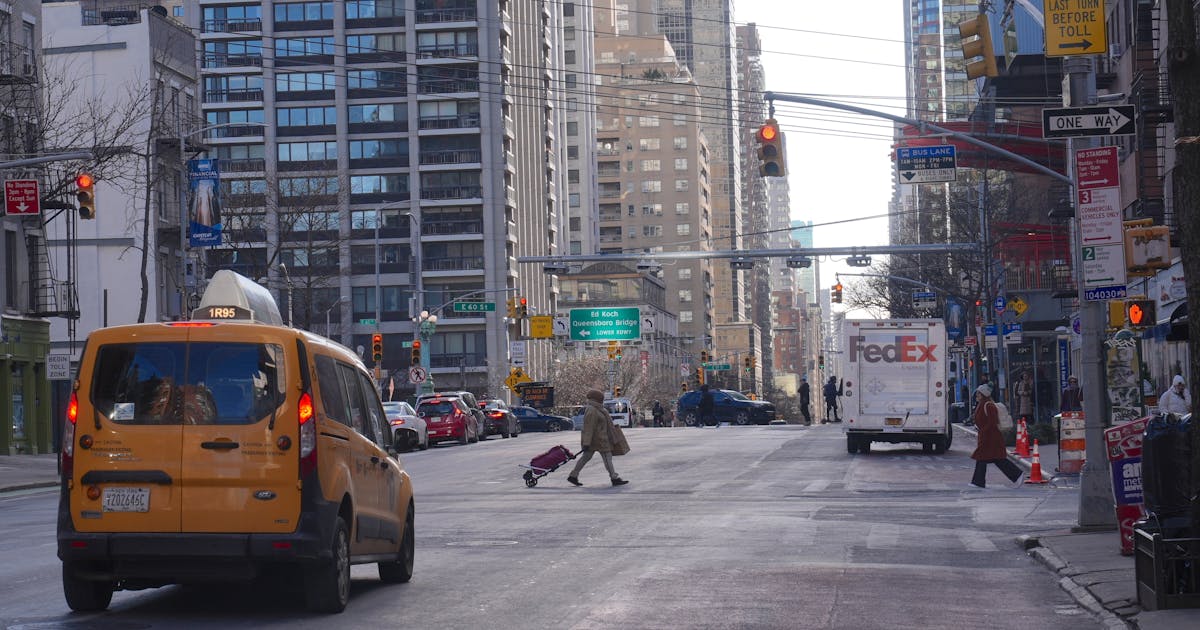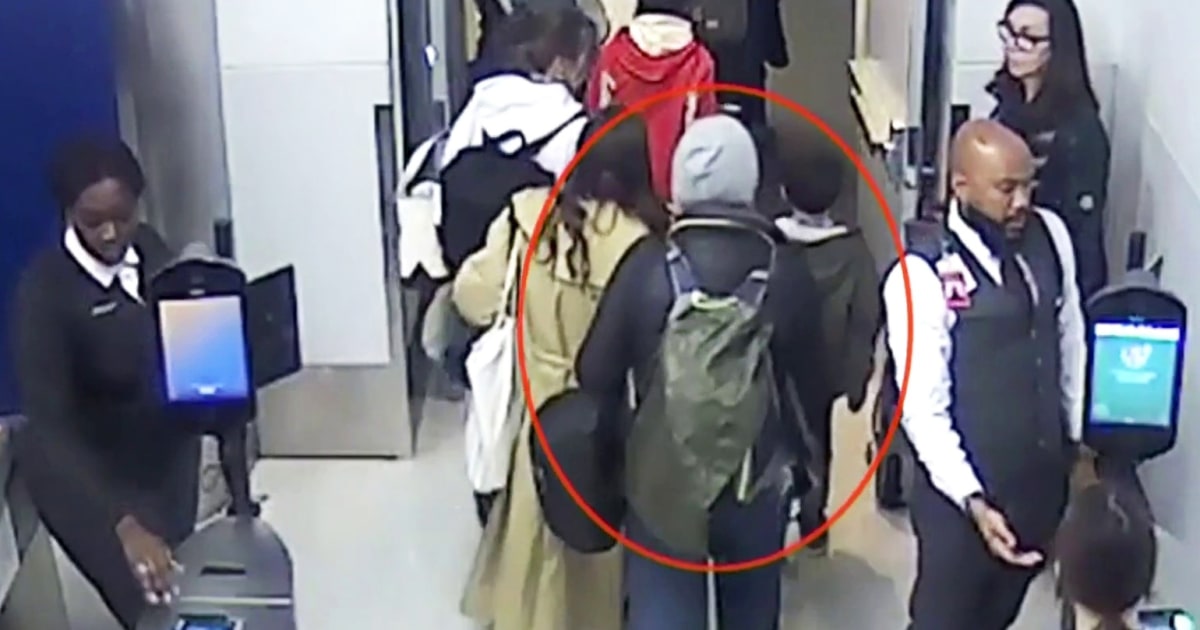NYC Congestion Pricing: Early Wins and the Ongoing Battle
New York City's congestion pricing, a decades-long battle marked by lawsuits and political opposition, is showing promising early results. Implemented this month, the policy charges a toll to enter the city center, aiming to reduce traffic, emissions, and improve public transit.
Positive Impacts:
- Reduced Traffic: Within the first week, Manhattan traffic dropped by 7.5 percent. Commute times have significantly decreased on major bridges and tunnels.
- Increased Public Transit Use: Subway, bus, and commuter rail ridership has seen a substantial increase.
The Counter-Narrative:
Despite the positive data, right-leaning media outlets portray the policy as a failure. They highlight increased crowding on public transit and selectively showcase instances of inconvenience, painting a picture of chaos and gridlock. This misinformation campaign challenges the success of congestion pricing and its potential for widespread adoption.
International Precedents:
Other cities like London and Stockholm have successfully implemented congestion pricing, experiencing similar initial resistance followed by widespread public acceptance once the benefits became clear. These cities saw significant reductions in traffic, emissions, and improved public transit.
Future Implications:
The revenue generated from congestion pricing is projected to fund significant improvements to NYC's public transit system, including subway expansions, accessibility upgrades, and the addition of electric buses. Further reductions in traffic (up to 17 percent), greenhouse gas emissions (up to 20 percent), and air pollution (around 10 percent) are anticipated. These improvements will translate to a safer, cleaner, and more efficient transportation system.
The Bigger Picture:
The success of NYC's congestion pricing faces a critical test: Can its positive impacts withstand the relentless campaign of misinformation? This case highlights a broader challenge of promoting evidence-based climate policies amidst a climate of political polarization and media manipulation.








Comments
Join Our Community
Sign up to share your thoughts, engage with others, and become part of our growing community.
No comments yet
Be the first to share your thoughts and start the conversation!